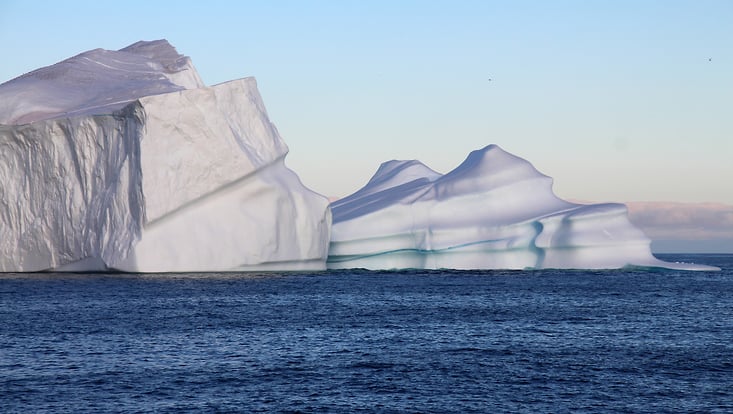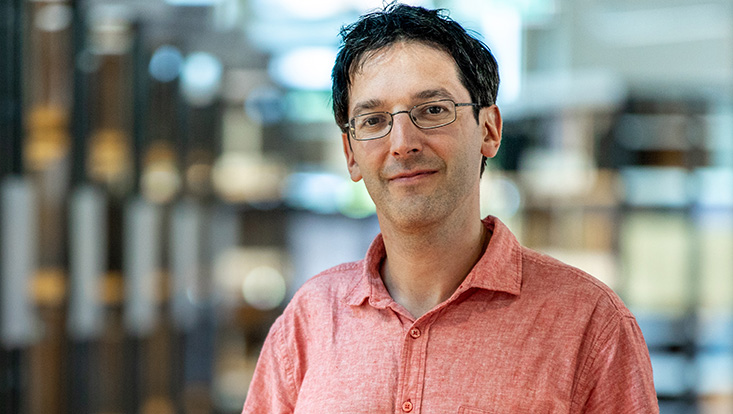7 February 2025
New study in the journal ScienceThe Arctic—Unrecognizable in 2100?

Photo: UHH/CEN/T. Wasilewski
“Our findings make it clear that human beings already have the power to purge entire landscapes from our planet’s surface,” says polar expert Notz. With warming of 2.7 degrees Celsius, the Arctic Ocean—now covered by sea ice—will be ice-free for a month in the summer. This is unprecedented in human history. The Arctic was last free of ice around 130,000 years ago. Melting glaciers in Greenland would make the global sea level rise by 20 centimeters. On land, half of the permanently frozen soils would thaw. This would release additional CO2 and destabilize the ground for buildings, streets, and bridges.
“The Arctic is warming 4 times faster than the rest of the planet,” says Stroeve, who researches at the the National Snow and Ice Data Center (NSIDC) and at the University of Manitoba in Canada. “With average global warming of 2.7 degrees Celsius, this means we will see especially extreme consequences in this region.”
In her study, which was published in the journal Science, the researchers put together simulations of climate models and measurement data from satellites. This enabled them to study the development of Arctic sea ice, Greenland’s ice shield, and the permafrost from the pre-industrial era to today and beyond—positing a scenario for 2100 with 2.7 degree-Celsius global warming.
The consequences of ongoing warming are drastic for ecosystems and the people who inhabit them. Arctic fish and plankton are not adapted to life in warmer, clearer water and populations would presumably shrink. Polar bears and some seabird species could, at least regionally, become extinct. It would no longer be possible to drive on sea ice and hunting and transport would cease to sustain indigenous communities. Rising sea level increases the risk of coastal erosion, floods, and salt water in sweet-water reservoirs.
“We haven’t even looked yet at the most extreme scenario. We will only manage 2.7 degrees of global warming if all countries meet the agreed-upon climate goals, for which there is no guarantee,” Notz points out. “We are radically changing the planet and we should be far more conscious of our power and responsibility. The Arctic is just one example; in fact, the future of the entire planet is in our hands.”
Original publication:
Stroeve JC, Notz D, Dawson J, Schuur EAG, Dahl-Jensen D, Giesse C (2025): Disappearing Landscapes: The Arctic at +2.7°C; Science. DOI: 10.1126/ science.ads1549
The Cluster of Excellence Climate, Climatic Change, and Society (CLICCS) at the University of Hamburg researches the basic principles of climate change from a natural science perspective and also with regard to developments in society. It also focuses on which developments (“climate futures”) are not only possible but plausible. CLICCS regularly draws on its basic research to provide recommendations for policymakers.

